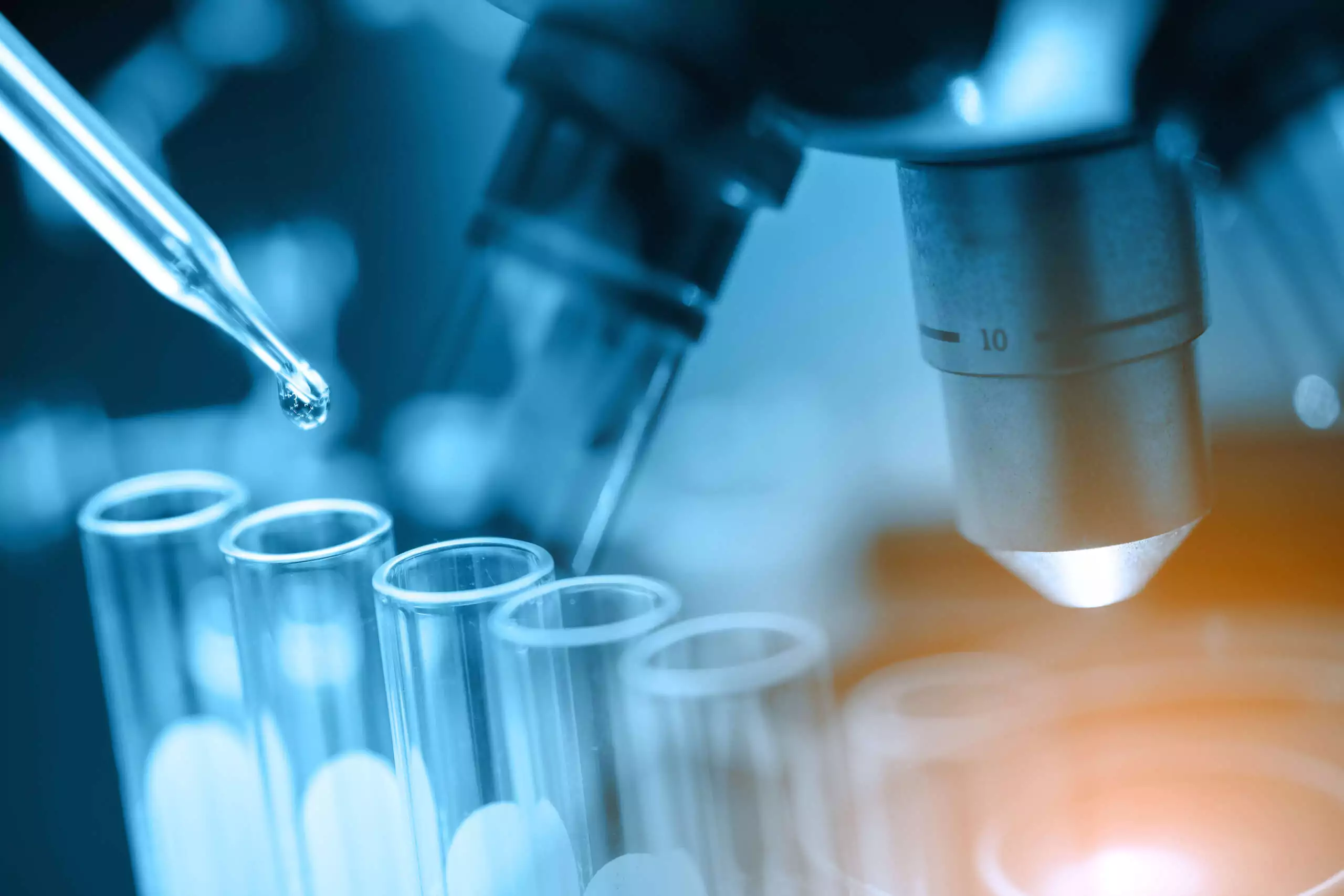As in-house in vitro diagnostic medical devices (in-house IVDs), and their accessories, were not in the scope of old Directive 98/79/EC on in vitro diagnostic medical devices, the impact on health institutions established in the EU of the new In Vitro Diagnostic Devices Regulation (EU) 2017/746 (IVDR) is often misunderstood.
The health institutions concerned by the change, provide medical diagnostic services from the examination of specimens derived from the human body, solely or principally, for the purpose of providing information:
- concerning either
- a physiological/pathological process, or
- congenital physical/mental impairments, or
- the predisposition to a medical condition or
- a disease, or
- permitting either
- to determine the safety and compatibility with potential recipients, or
- to predict treatment response/reactions, or
- to define/monitor therapeutic measures.
Health institutions offering medical diagnostic services perform in vitro diagnostic tests which are based on the use of one or several IVDs and IVD accessories. These devices can be commercial devices, manufactured on an industrial scale and bearing the CE marking, or in-house devices.
When used in a health institution established in the EU, the following devices are deemed in-house devices:
- Non-commercial devices, manufactured within the same health institution
- Commercial CE-marked devices, modified within this same health institution or used outside of their instructions for use
- Commercial Research Use Only (RUO) devices.
CE-marking of in-house devices was never authorized and remains not possible under the IVDR. The new Regulation only specifies the requirements for this device type: only the general safety and performance requirements (GSPRs) laid down in IVDR Annex I are applicable, provided the health institutions concerned are established in the EU and meet certain conditions set out in IVDR Article 5(5).
However, demonstrating compliance with these provisions may involve a significant investment in time and resources from the health institutions and planning should be already well progressed or commence immediately.
We bring specific attention to the following conditions and timelines, which may have major implications for health institutions based in the EU:
- As of 26 May 2022, the IVDR clarified the implicit expectation of Directive 98/79/EC that in-house devices manufactured or modified within a health institution must not be transferred to another legal entity (transfer includes sale, loan, hire, lease, gift, or any other type of transfer); and
- From 26 May 2024:
- An appropriate quality management system (QMS) must be implemented, covering not only the use of in-house devices, but also their design and development, including eventual modifications over time, as well as their manufacture
- The laboratories of health institutions must be compliant with EN ISO 15189 or, where applicable, national provisions, including those affecting accreditation
- The classification of each in-house device, in accordance with IVDR Annex VIII, must be justified on the basis of a detailed intended purpose
- For each in-house device, not only the applicable GSPRs must be identified and documented but also the appropriate methods for demonstrating conformity must be implemented to the same extent as CE-marked devices
- Health institutions must demonstrate continuous review of experience gained from the clinical use of their in-house devices including implementation of the necessary corrective actions
- For class D devices and, depending on the EU Member States’ specific requirements, for class A, B or C devices, health institutions must draw up clear, organised, readily searchable and unambiguous documentation for each in-house device enabling the competent authority to ascertain that the GSPRs are met;
- From 26 May 2028, from continuous monitoring of the market and the use of the European database on medical devices (EUDAMED), health institutions must justify in their documentation that the target patient groups’ specific needs cannot be met, or cannot be met at the appropriate level of performance by equivalent commercial CE-marked devices available on the market.
In addition, the IVDR clarifies that health institutions that are not established in the EU but offer diagnostic or therapeutic services to a natural or legal person established in the EU cannot use in-house devices in that context. They are required to make available a copy of the EU declaration of conformity of the CE-marked devices used, upon request by a EU competent authority.
The inclusion of in-house devices in the IVDR provides a more robust, transparent, and sustainable regulatory framework that is recognised internationally and improves clinical safety.
In-house devices can be essential for the diagnosis and treatment of patients, especially for rare diseases.
In this context, PharmaLex helps health institutions established in the EU to implement effective methods of demonstrating compliance.
Author
Nadine Autran, PhD, Associate Director, Medical Devices / IVD, PharmaLex








